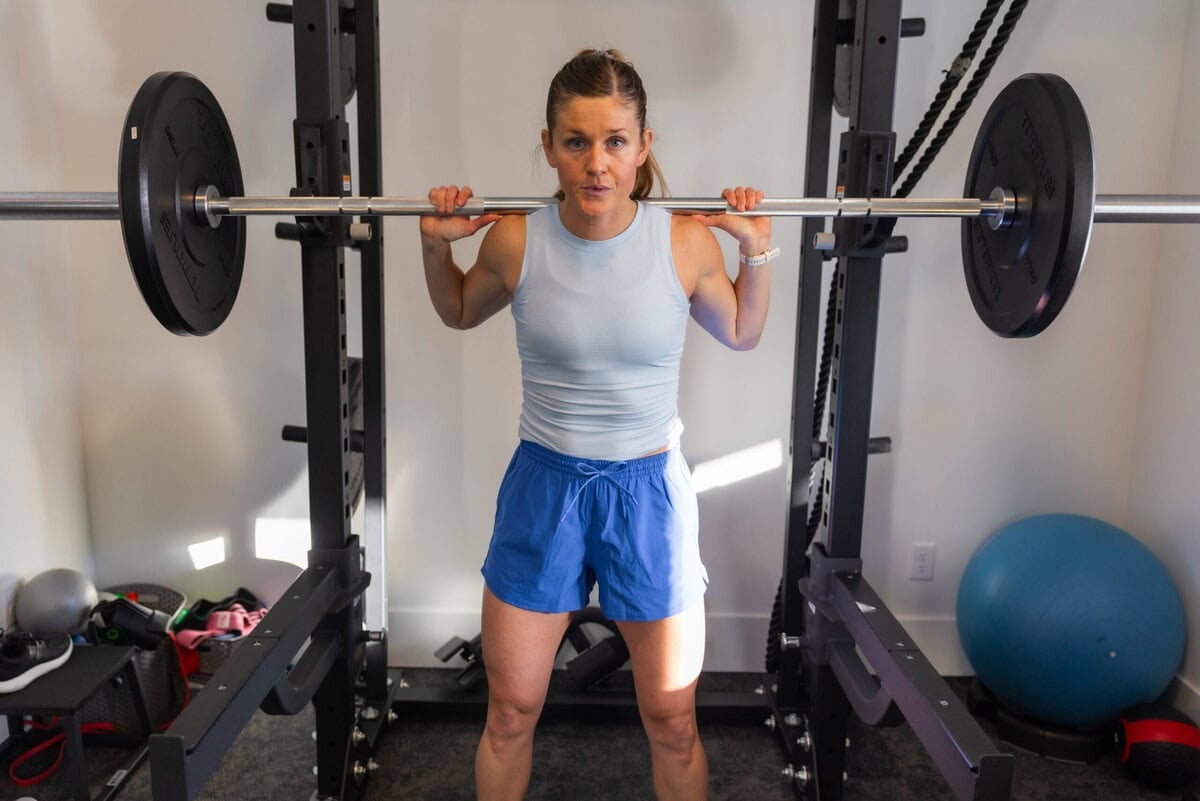Complete Beginner's Guide to Gym Workouts
Learn the fundamentals of gym training with this comprehensive guide designed for beginners. Discover essential exercises, proper form, and how to create an effective workout routine.

Starting your fitness journey can feel overwhelming, especially when you step into a gym for the first time. The array of equipment, the experienced lifters, and the uncertainty about where to begin can be intimidating. However, with the right knowledge and approach, the gym can become your second home and the foundation for a healthier, stronger you.
This comprehensive guide will walk you through everything you need to know as a beginner, from understanding basic gym etiquette to creating your first workout routine. By the end of this article, you'll have the confidence and knowledge to start your gym journey safely and effectively.
Why Start with the Gym?
While there are many ways to exercise, the gym offers unique advantages for beginners:
- Variety of Equipment: Access to a wide range of machines, free weights, and cardio equipment
- Progressive Overload: Easy to gradually increase weights as you get stronger
- Professional Environment: Dedicated space for fitness with proper ventilation and safety features
- Community Support: Opportunity to learn from others and stay motivated
- Expert Guidance: Access to personal trainers and fitness professionals
Essential Gym Equipment for Beginners
Understanding the basic equipment will help you feel more comfortable and confident in the gym environment.
Cardio Equipment
- Treadmill: Great for walking, jogging, or running. Start with a comfortable pace and gradually increase speed or incline.
- Elliptical: Low-impact cardio that works both upper and lower body. Excellent for beginners with joint concerns.
- Stationary Bike: Comfortable seated cardio option. Choose between upright or recumbent styles based on your preference.
- Rowing Machine: Full-body cardio workout that builds strength and endurance simultaneously.
Strength Training Equipment
- Dumbbells: Versatile free weights perfect for beginners. Start with lighter weights to master form.
- Barbells: Allow for heavier lifting and compound movements. Always use safety bars or have a spotter.
- Cable Machines: Provide constant tension and are safer for beginners learning movement patterns.
- Weight Machines: Guide your movement path and provide stability, making them ideal for beginners.
Fundamental Exercises Every Beginner Should Know
These foundational exercises form the basis of any effective workout routine. Master these movements before progressing to more advanced variations.
Upper Body Exercises
1. Push-ups (or Chest Press)
Targets chest, shoulders, and triceps. Start with knee push-ups or use a chest press machine if needed.
2. Rows (Seated Cable Row)
Strengthens the back muscles and improves posture. Focus on squeezing shoulder blades together.
3. Shoulder Press
Builds shoulder strength and stability. Can be performed with dumbbells or on a machine.
Lower Body Exercises
1. Squats
The king of lower body exercises. Start with bodyweight squats before adding weight.
2. Lunges
Improves balance and targets each leg individually. Begin with stationary lunges.
3. Leg Press
Machine-based exercise that's safer for beginners learning the squatting movement pattern.
Core Exercises
1. Plank
Builds core stability and strength. Start with 20-30 seconds and gradually increase.
2. Dead Bug
Teaches core control and coordination while lying on your back.
3. Modified Crunches
Focus on controlled movement rather than speed or quantity.
Creating Your First Workout Routine
A well-structured routine is essential for progress and injury prevention. Here's a simple 3-day full-body routine perfect for beginners:
Beginner 3-Day Full Body Routine
Day 1, 3, 5: Full Body Workout
- 5-10 minutes warm-up (light cardio)
- Squats or Leg Press: 3 sets of 8-12 reps
- Chest Press or Push-ups: 3 sets of 8-12 reps
- Seated Row: 3 sets of 8-12 reps
- Shoulder Press: 3 sets of 8-12 reps
- Plank: 3 sets of 20-30 seconds
- 5-10 minutes cool-down (stretching)
Day 2, 4, 6, 7: Rest or Light Activity
Use these days for recovery, light walking, or gentle stretching.
Essential Safety Tips
⚠️ Safety First
- Always warm up before exercising and cool down afterward
- Start with lighter weights to master proper form
- Use safety equipment like collars on barbells
- Ask for help or a spot when needed
- Listen to your body and rest when necessary
- Stay hydrated throughout your workout
Common Beginner Mistakes to Avoid
Learning from common mistakes can save you time and prevent injuries:
❌ Doing Too Much Too Soon
Start with 2-3 workouts per week and gradually increase intensity and frequency.
❌ Ignoring Proper Form
Focus on technique over weight. Poor form leads to injuries and ineffective workouts.
❌ Skipping Warm-up and Cool-down
These are essential for injury prevention and recovery.
❌ Not Tracking Progress
Keep a workout log to monitor improvements and stay motivated.
Conclusion
Starting your gym journey as a beginner doesn't have to be intimidating. With the right knowledge, proper form, and a structured approach, you can build a strong foundation for lifelong fitness. Remember that everyone starts somewhere, and consistency is more important than perfection.
Focus on learning the basic movements, listening to your body, and gradually progressing over time. Don't hesitate to ask for help from gym staff or consider working with a personal trainer for your first few sessions. Most importantly, be patient with yourself and celebrate small victories along the way.
Ready to Start Your Fitness Journey?
Join thousands of beginners who have transformed their lives through consistent gym training.
Get Personalized GuidanceDr. Sarah Johnson
Exercise Physiologist & Certified Personal Trainer
Dr. Johnson has over 10 years of experience helping beginners start their fitness journeys safely and effectively. She holds a Ph.D. in Exercise Physiology and is certified by ACSM and NASM.